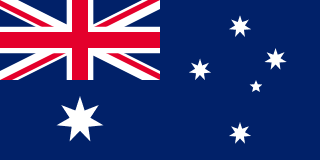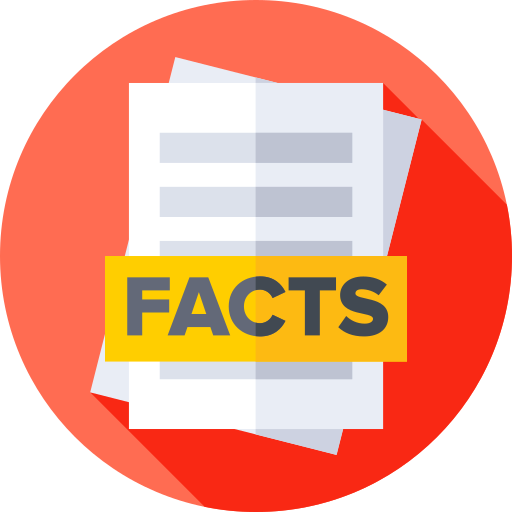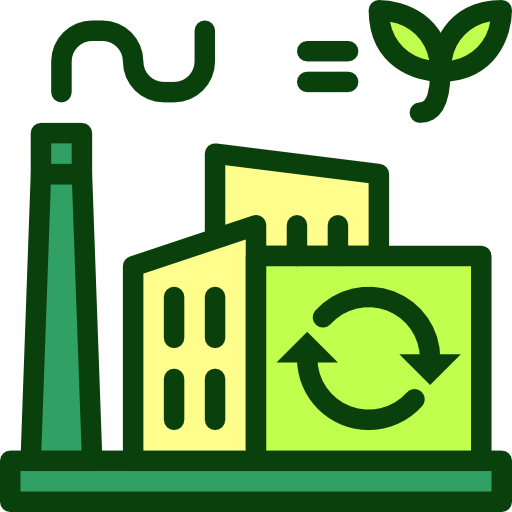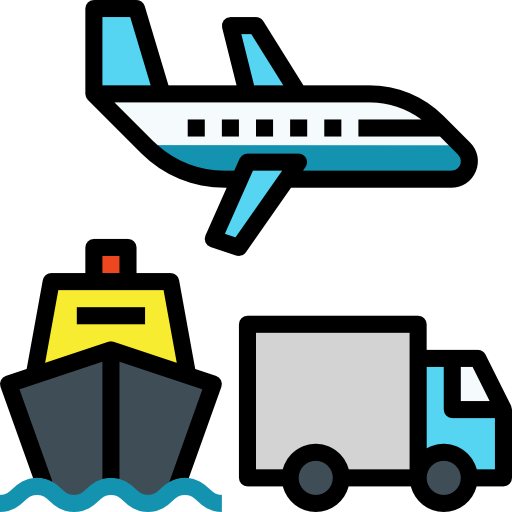Introduction

Australia's media scene is creatively, technologically and economically advanced, there is a tradition of public broadcasting, but privately-owned TV and radio have the biggest audiences, the ownership of print and broadcast media is concentrated, the Australian Broadcasting Corporation (ABC) runs national and local public radio and TV, the other main public broadcaster is the multilingual Special Broadcasting Service (SBS), National commercial TV is dominated by three big free-to-air networks, broadcasters must carry a minimum percentage of Australian-made programs, pay TV via cable, satellite and IPTV has a strong foothold, sports, news, game shows, imported and home-made dramas top the TV ratings, the industry has successfully exported its productions to English-speaking markets overseas
(2023). What about Telecommuication systems and Internet? Explore this article to find out more.More about communication in Australia
| Internet country code | .au |
|---|---|
| Broadband - fixed subscriptions | |
| Total | 9.63 million (2023 est.) |
| Subscriptions per 100 inhabitants | 36 (2023 est.) |
| Internet users | |
| Percent of population | 95% (2022 est.) |
| Telecommunication systems | |
| General assessment | The Australian telecom market since 2020 has been impacted by the pandemic, which forced many people to school and work from home and thus adopt fixed-line broadband services; internet traffic, both fixed and mobile, increased substantially as a result; in the fixed sector, there is an ongoing migration from copper-based platforms to fiber; the extension of fixed wireless access will mean that up to 120,000 premises currently dependent on satellite broadband will be able to access 5G-based fixed services; the fixed-line market has been falling steadily over the past five years; in the Australian fixed broadband market, there is a dynamic shift among customers to fiber networks; the DSL sector is steadily shrinking while subscribers on HFC infrastructure will continue to be provided by existing cable, with a steady migration to full fiber connectivity (2022) |
| Domestic | 18 per 100 fixed-line telephone subscriptions and 105 per 100 mobile-cellular; more subscribers to mobile services than there are people; 90% of all mobile device sales are now smartphones, growth in mobile traffic brisk (2021) |
| International | Country code - 61; landing points for more than 20 submarine cables including: the SeaMeWe-3 optical telecommunications submarine cable with links to Asia, the Middle East, and Europe; the INDIGO-Central, INDIGO West and ASC, North West Cable System, Australia-Papua New Guinea cable, CSCS, PPC-1, Gondwana-1, SCCN, Hawaiki, TGA, Basslink, Bass Strait-1, Bass Strait-2, JGA-S, with links to other Australian cities, New Zealand and many countries in southeast Asia, US and Europe; the H2 Cable, AJC, Telstra Endeavor, Southern Cross NEXT with links to Japan, Hong Kong, and other Pacific Ocean countries as well as the US; satellite earth stations - 10 Intelsat (4 Indian Ocean and 6 Pacific Ocean), 2 Inmarsat, 2 Globalstar, 5 other (2019) |
| Telephones - fixed lines | |
| Total subscriptions | 6.458 million (2023 est.) |
| Subscriptions per 100 inhabitants | 24 (2023 est.) |
| Telephones - mobile cellular | |
| Total subscriptions | 29.1 million (2023 est.) |
| Subscriptions per 100 inhabitants | 107 (2022 est.) |
All Important Facts about Australia
Want to know more about Australia? Check all different factbooks for Australia below.









